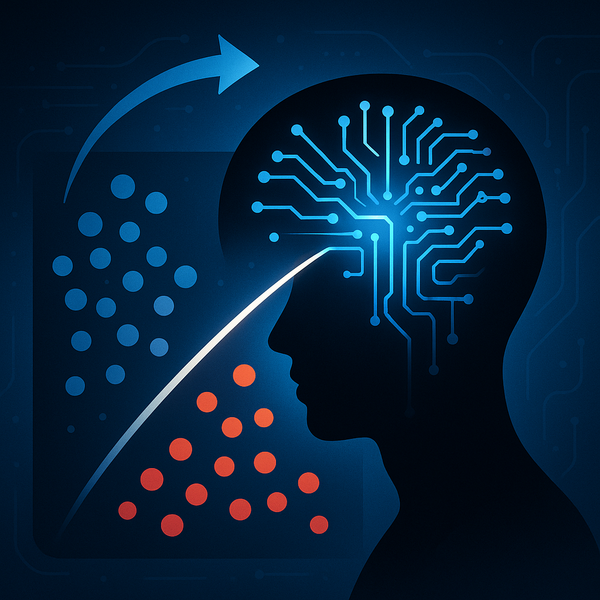Generative AI in Bioinformatics: What a New Systematic Review Finds

GenAI is reshaping genomics, proteomics, transcriptomics, structural biology, and drug discovery. This systematic review asks six big questions to map where GenAI helps most—and what’s next.
- Where it works: Sequence analysis, molecular design, and integrative modeling often beat traditional methods via pattern discovery and realistic output generation.
- Best models: Domain-specialized architectures with targeted pretraining and context-aware inputs outperform general-purpose models.
- Big wins: Better molecular analysis and data integration improve accuracy and cut errors in complex pipelines.
- Validated gains: Stronger structural modeling, functional prediction, and synthetic data generation on standard benchmarks.
- Limits: Scalability and dataset bias still curb generalization—calling for tougher evaluations and biologically grounded modeling.
- Data fuel: Molecular sets (UniProtKB, ProteinNet12), cellular atlases (CELLxGENE, GTEx), and text corpora (PubMedQA, OMIM) power training and transfer.
Takeaway: GenAI isn’t a silver bullet, but specialized, well-evaluated models are already delivering practical gains across the bioinformatics stack.
Paper: http://arxiv.org/abs/2511.03354v1
Paper: http://arxiv.org/abs/2511.03354v1
Register: https://www.AiFeta.com
GenAI Bioinformatics Genomics Proteomics StructuralBiology DrugDiscovery AI SystematicReview MachineLearning




